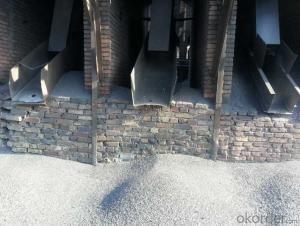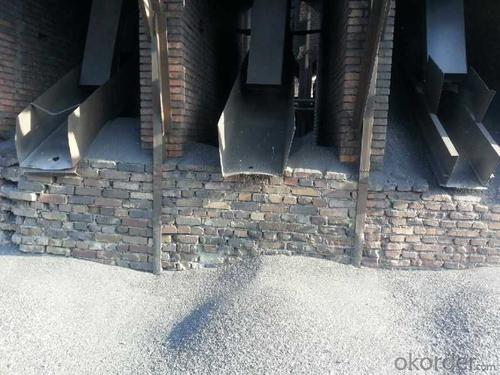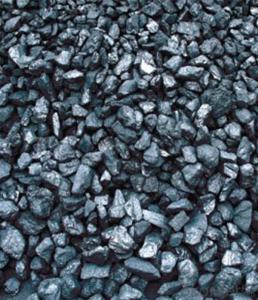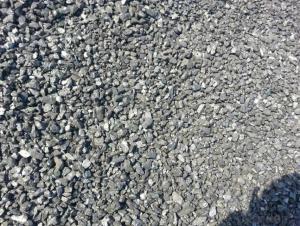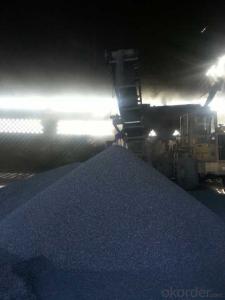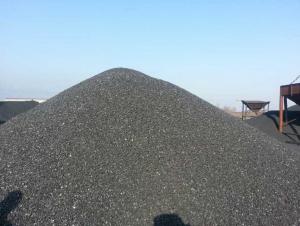FC92 Injection Carbon with good and stable quality
- Loading Port:
- Tianjin
- Payment Terms:
- TT OR LC
- Min Order Qty:
- 20 m.t.
- Supply Capability:
- 3000 m.t./month
OKorder Service Pledge
OKorder Financial Service
You Might Also Like
Packaging & Delivery
25kgs/50kgs/1ton per bag or as buyer's request
Specifications
Calcined Anthracite
Fixed carbon: 90%-95%
S: 0.5% max
Size: 0-3. 3-5.3-15 or as request
Advantage and competitive of caclined anthracite:
1. strong supply capability
2. fast transportation
3. lower and reasonable price for your reference
4.low sulphur, low ash
5.fixed carbon:95% -90%
6..sulphur:lower than 0.3%
It used the high quality anthracite as raw materials through high temperature calcined at over 2000 by the DC electric calciner with results in eliminating the moisture and volatile matter from anthracite efficiently, improving the density and the electric conductivity and strengthening the mechanical strength and anti-oxidation. It has good characteristics with low ash, low resistvity, low sulphur, high carbon and high density. It is the best material for high quality carbon products.
General Specification of Calcined Anthracite:
| FC % | 95 | 94 | 93 | 92 | 90 |
| ASH % | 4 | 5 | 6 | 6.5 | 8.5 |
| V.M. % | 1 | 1 | 1 | 1.5 | 1.5 |
| S % | 0.3 | 0.3 | 0.3 | 0.35 | 0.35 |
| MOISTURE % | 0.5 | 0.5 | 0.5 | 0.5 | 0.5 |
Pictures
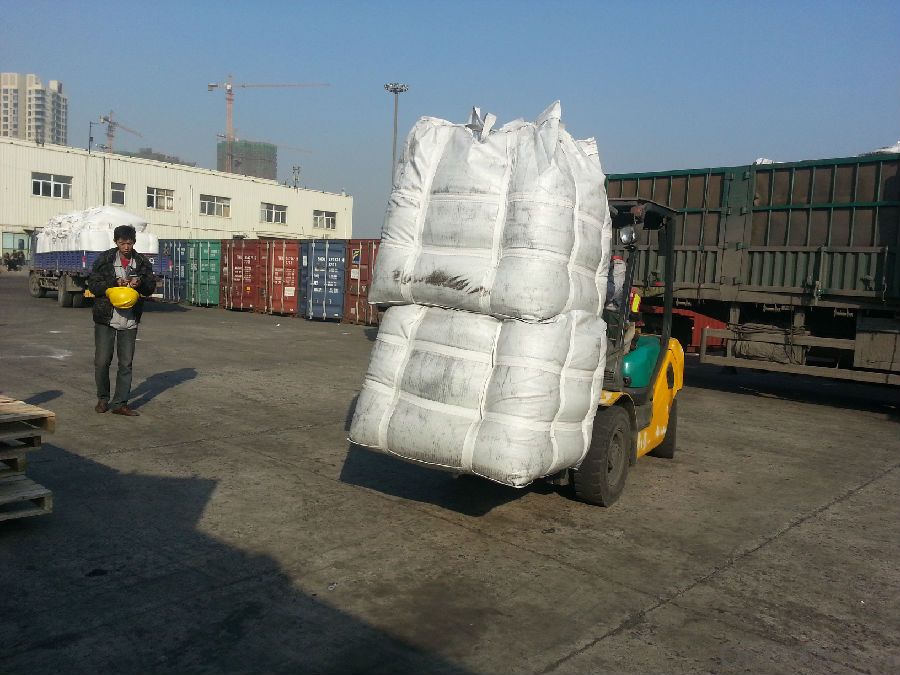

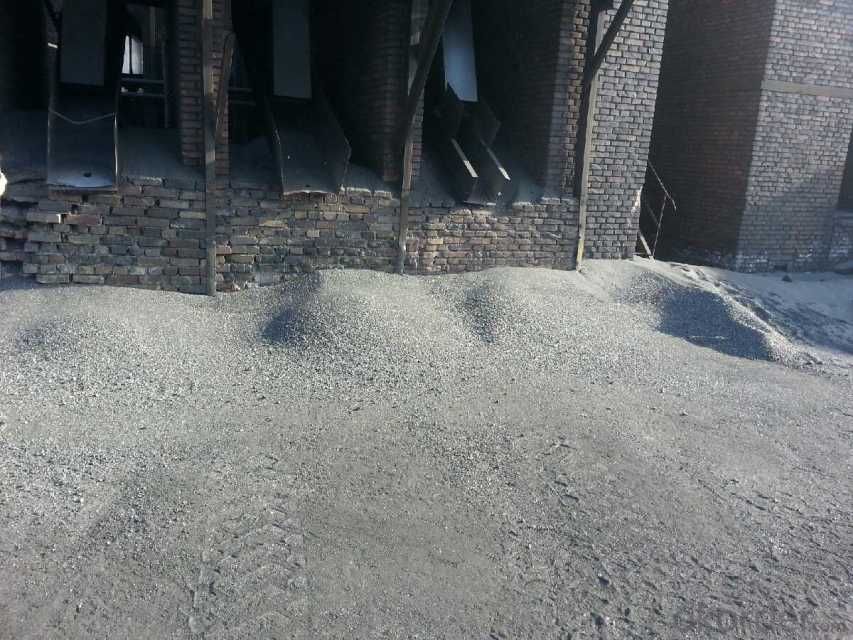
- Q: Will long-term use of carbon alloy chopsticks cause cancer?
- Do chopsticks also cause cancer? Experts say, should not use too long, 3 to 6 months that change, pay attention to chopsticks material selection, use and maintenance. Have you noticed how often the chopsticks are changed at home? Recently, a news about the need for regular replacement of chopsticks, attracted the attention of Internet users. According to reports, hidden in the small groove in the chopsticks bacteria, may cause dysentery, gastroenteritis and other diseases, it is recommended that the public, chopsticks should be replaced at regular intervals of 3~6 months. This makes many people surprised, "used so many years chopsticks, do not know!"." Yesterday morning, in the south near Xi'an Renrenle supermarket shopping public Ms. Hao said. Subsequently, a random survey of 20 members of the public, of which 4 people said that in the six months of internal moving or kitchen renovation and replaced chopsticks. While the other 16 citizens, the number of chopsticks used in the home was 1~3 years. Especially for families with old people, chopsticks are updated more slowly. "The old man can't bear to throw it. He can't help it. Every time he comes to the restaurant, the chopsticks are not enough."." Liu said the public. In this regard, yesterday, director of the Xi'an Municipal Hospital of traditional Chinese Medicine Department of Gastroenterology physician Huang Yahui said, if the wood and bamboo chopsticks used for a long time, it is easy to breed bacteria sawdust loose.
- Q: Why is carbon content of stainless steel low?
- [stainless steel contains low carbon content] stainless steel contains very high Cr. Cr and carbon combine to form carbides, Cr23C6 or Cr7C3, which contain very high Cr. That is, the formation of these carbides is at the expense of a large amount of Cr. It is conceivable that once the content of Cr in the matrix drops a lot, the corrosion resistance will decrease. For austenitic stainless steel, due to the precipitation of Cr carbide, its intergranular corrosion resistance has deteriorated significantly, which is called sensitization.Martensitic stainless steels contain relatively large amounts of carbon.
- Q: How does carbon impact the availability of natural resources?
- Carbon, in the form of carbon dioxide (CO2), has a significant impact on the availability of natural resources. The burning of fossil fuels, such as coal, oil, and natural gas, releases large amounts of carbon dioxide into the atmosphere. This excessive release of CO2 is responsible for the greenhouse effect, leading to global warming and climate change. One of the most significant effects of climate change is the alteration of natural habitats and ecosystems. Rising temperatures and changing weather patterns directly impact the availability of various natural resources. For instance, higher temperatures can lead to the melting of glaciers and ice caps, affecting the availability of freshwater resources for human consumption and agriculture. Additionally, carbon emissions contribute to the acidification of oceans, which has detrimental effects on marine life. Coral reefs, for example, are highly sensitive to changes in water chemistry, and increased acidity due to elevated CO2 levels can result in their bleaching and eventual death. This not only affects the biodiversity of the oceans but also impacts the availability of fish and other seafood resources that many communities rely on for sustenance and livelihoods. Furthermore, climate change caused by carbon emissions disrupts the balance of ecosystems, leading to the extinction or displacement of numerous plant and animal species. This can have cascading effects on the availability of resources such as timber, medicinal plants, and other valuable natural products sourced from forests and other ecosystems. Moreover, carbon emissions contribute to air pollution, which has detrimental effects on human health. High concentrations of airborne pollutants, including particulate matter, can lead to respiratory diseases and other health issues, exacerbating the strain on healthcare systems and reducing the productivity and overall well-being of communities. To mitigate the negative impacts of carbon emissions on the availability of natural resources, it is crucial to transition to cleaner and more sustainable energy sources, such as renewable energy. This shift would reduce the reliance on fossil fuels and subsequently decrease carbon emissions, helping to preserve and protect our natural resources for future generations.
- Q: How does carbon impact the ozone layer?
- The ozone layer is not directly affected by carbon, but carbon-containing compounds such as CFCs can greatly impact it. When CFCs are released into the atmosphere, they can reach the stratosphere and break down due to UV radiation, releasing chlorine atoms. These chlorine atoms then destroy ozone molecules catalytically, causing the depletion of the ozone layer. The depletion of the ozone layer is a crucial environmental concern because it allows more harmful UV radiation from the sun to reach the Earth's surface. Increased UV radiation can have negative effects on human health, including skin cancer, cataracts, and weakened immune systems. It can also harm ecosystems by damaging phytoplankton, which are vital to the marine food chain, and affecting the growth of plants and crops. To address this issue, the international community has taken measures to decrease the production and usage of substances that deplete the ozone layer, including CFCs. The Montreal Protocol, an international environmental agreement, has successfully phased out the production of CFCs and other harmful substances. This has contributed to the recovery of the ozone layer, although it remains a long-term process. In conclusion, carbon itself does not directly impact the ozone layer. However, carbon-containing compounds like CFCs, when released into the atmosphere, can cause the destruction of the ozone layer. Efforts to reduce the production and usage of these substances that deplete the ozone layer have been essential in safeguarding the ozone layer and mitigating the harmful effects of increased UV radiation.
- Q: How does carbon impact the prevalence of avalanches?
- Carbon does not directly impact the prevalence of avalanches. The occurrence of avalanches is mainly influenced by factors such as snow conditions, slope steepness, and weather patterns. However, carbon emissions and climate change can indirectly contribute to increased avalanche risks by influencing snowpack stability and altering weather patterns, which can lead to more frequent and severe avalanches.
- Q: How is carbon used in the production of carbon nanowires?
- Carbon is a key component in the production of carbon nanowires due to its unique properties. Carbon nanowires are typically created through a process called chemical vapor deposition (CVD), which involves the decomposition of a carbon-containing precursor gas in a high-temperature environment. In this process, a carbon source, such as methane or ethylene, is introduced into a reaction chamber. The precursor gas is then heated to a high temperature, typically above 600 degrees Celsius, which causes it to decompose. As a result, carbon atoms are released and start to deposit on a substrate material, such as a silicon wafer or a metal catalyst. The carbon atoms in the precursor gas have a tendency to form strong covalent bonds with each other, leading to the formation of a graphite-like structure. However, by carefully controlling the growth conditions, such as temperature and pressure, the deposited carbon atoms can be made to arrange themselves in a highly ordered manner, forming nanowires. The use of carbon as the building block for nanowires is advantageous due to its exceptional thermal and electrical conductivity, as well as its high mechanical strength. This allows carbon nanowires to exhibit unique properties, making them suitable for various applications, such as in electronics, energy storage, and sensors. Overall, carbon plays a crucial role in the production of carbon nanowires by serving as the raw material that undergoes decomposition and subsequent rearrangement to form the desired nanoscale structures.
- Q: What is the melting point of carbon?
- The melting point of carbon is approximately 3550 degrees Celsius (6422 degrees Fahrenheit).
- Q: What are the main factors that affect the strength of carbon fibers?
- [Abstract]: the interface play on the properties of carbon fiber composite material plays a very important role, the composite load transfer through the interface, can make the carbon fiber and the matrix to form an effective performance of the whole. In the study of the interface, improving the bonding strength is the key to improve the mechanical properties of the carbon fiber composite. Therefore, it is very important to analyze the influence of various factors on the interfacial bonding strength of carbon fiber reinforced composites for improving the comprehensive properties of composites. In this paper, by using scanning electron microscopy (SEM), X ray photoelectron spectroscopy (XPS), laser Raman spectroscopy (LRS), X ray diffraction (XRD) and Fu Liye transform infrared spectroscopy (FTIR) and mechanical testing technology, investigated the effect of different preparation processes on the structure and properties of carbon fiber, discusses the evolution of the structure and properties of the carbon fiber surface process and electrochemical treatment in the process of electrochemical modification prepared by wet spinning PAN based carbon fiber, the carbon fiber surface except the rationality of glue craft, in-depth study of the carbon fiber electrochemical treatment, sizing agent and matrix modification effect on the bonding strength of carbon fiber composite the carbon fiber material, electrochemical modification mechanism and matrix modification mechanism.
- Q: What is a carbon electrode? What's the use? What's the current situation in the industry? Try to be specific. Thank you
- 2, application:Compared with other carbon products, carbon electrode has the characteristics of wide application field, and can be used in the smelting furnace of industrial silicon, yellow phosphorus, calcium carbide, ferroalloy and so on. Carbon electrodes have been used all over the mine furnace in developed countries.At present, in the smelting furnace of industrial silicon and yellow phosphorus, the graphite electrode with higher price has been replaced. In the submerged arc furnace of the same capacity, compared with graphite electrode, carbon electrode diameter can be made larger (now the domestic production of carbon electrode, Phi 650- Phi 1200mm graphite electrode at home can do with 600mm) in the furnace, arc zone broadening, arc stability, ensure the hot efficiency, increase the output of products, reduce the power consumption of products.
- Q: Today in the market to buy Yuba, instructions have such a word that I don't understand, please master Zhijiao: carbon fiber after energized carbon molecule formation of Brown movement, this movement can be effective in most of the electrical energy into the far infrared.
- Far infrared is produced by vibrational energy level transitions, and its wave number is 400-5000/cm., so carbon and silicon rods are often used as infrared light sources in Analytical Chemistry
Send your message to us
FC92 Injection Carbon with good and stable quality
- Loading Port:
- Tianjin
- Payment Terms:
- TT OR LC
- Min Order Qty:
- 20 m.t.
- Supply Capability:
- 3000 m.t./month
OKorder Service Pledge
OKorder Financial Service
Similar products
Hot products
Hot Searches
